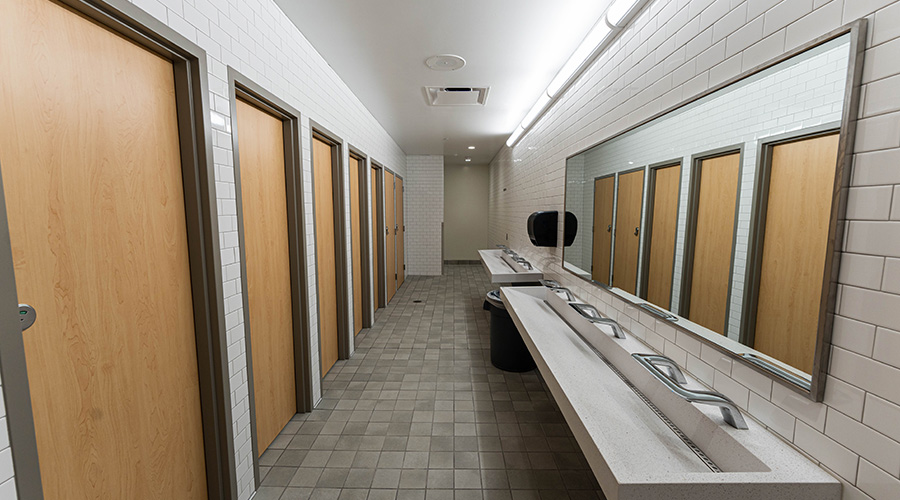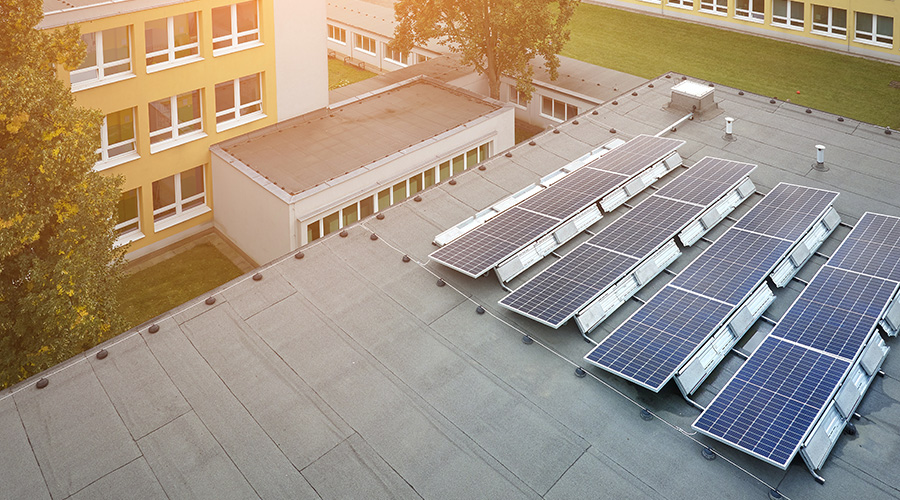Benefits and Challenges Presented by LED Retrofits
The success of the university's LED retrofits required careful planning and execution, along with the support of the department's front-line technicians.
"Parking and Transportation (department) technicians were instrumental in providing access to the facilities, as well as coordinating area and space closures within the ramp as necessary for the installations," Phillips says. "They also provided assistance with troubleshooting existing wiring issues as a result of the changes. The new wireless system we chose to install with the LED fixtures created additional responsibilities of monitoring and reporting through a web interfaced program with and e-mail alerts for operations staff."
Thanks to the coordinated effort, the university has been able to achieve the project's most important goals.
"The energy savings that the technology allows us to take advantage of are pretty great, in most instances," she says. "And then there's the maintenance factor. If you're able to put in a lamp that has 50,000 hours, compared with one that traditionally would last 800-1,200 hours, just the labor it saves gets to be a pretty big deal."
The benefits do not mean that Phillips and her team did not run into complications along the way. Consider the issue of product quality.
"In some of the early installations, we installed lamps from one particular manufacturer in which the lamps weren't functioning as they indicated they would," she says. "They were burning out, and we had trouble with the dimming and the color stability. But we've been able to narrow in on what product that was, and we're no longer installing them on campus."
The retrofit of the Oak Street Ramp, the university's largest, also provided a lesson in knowing the experience level of contractor partners.
'"The wireless control company that we decided to go with had not done a facility that large before, so they underestimated the size of the router needed to run the wireless controls," she says. "So we had to order two additional routers to cover that number of fixtures. Also, the time of year we started, it was brutal weather here in January. That slowed the project down quite a bit."
With a number of retrofit projects under its belt, the department finds itself in position to take full advantage of the opportunities for greater savings and efficiency that are available in its 857 buildings with 27.8 million square feet — once the cost of LEDs reaches an attractive point.
"The cost (of LEDs) has come down quite a bit, but there's still room to go," Phillips says. "Once that changes, I think that will make it an easier decision to retrofit."
Related Topics:















